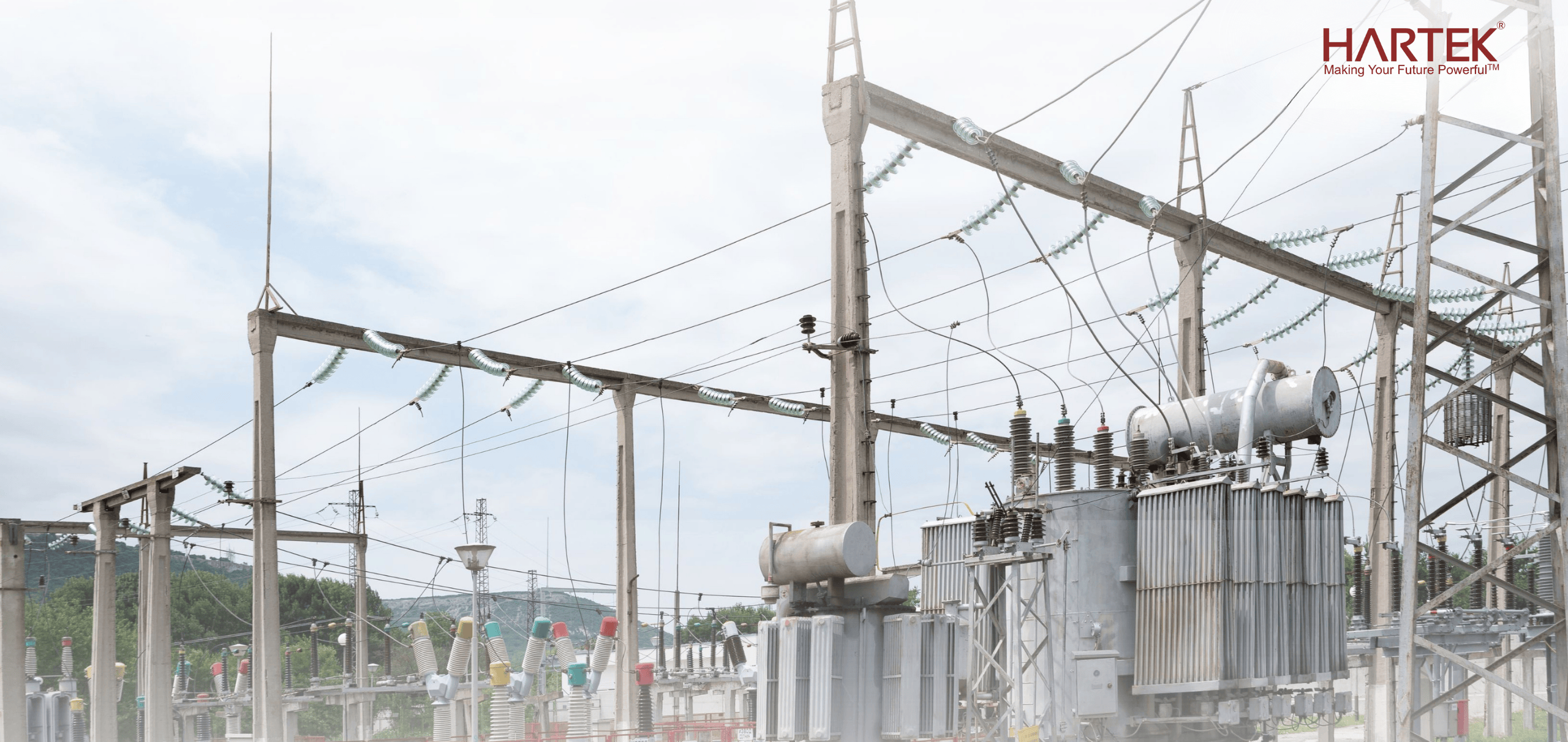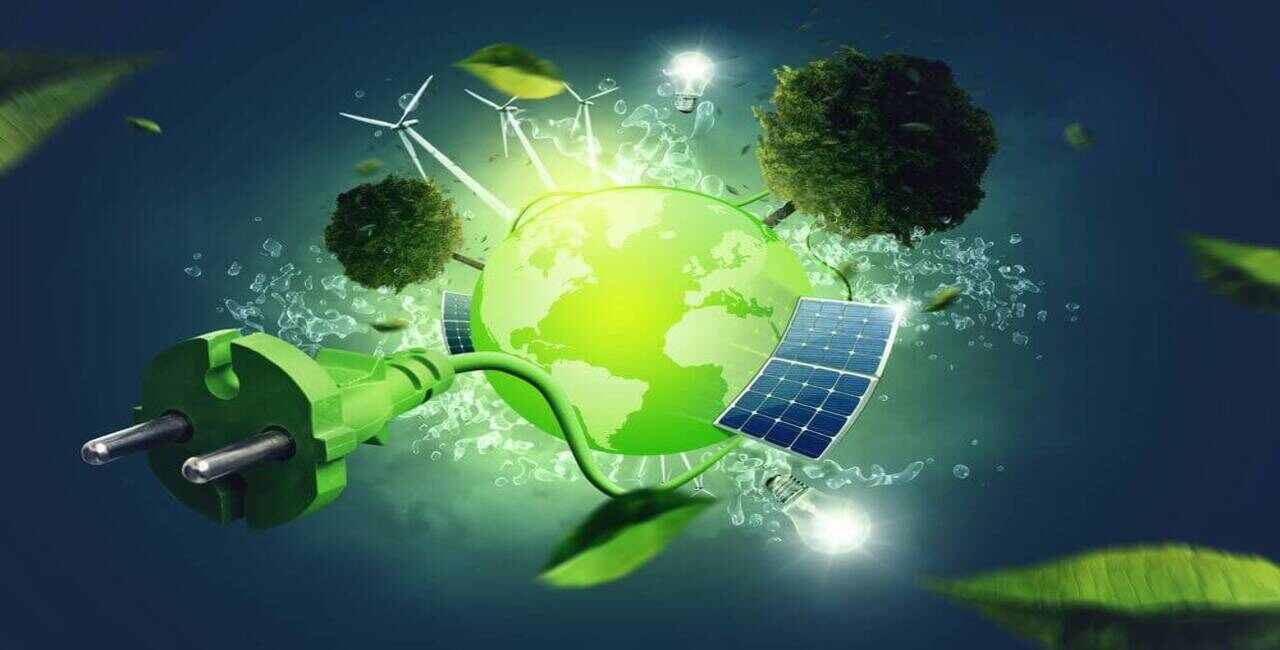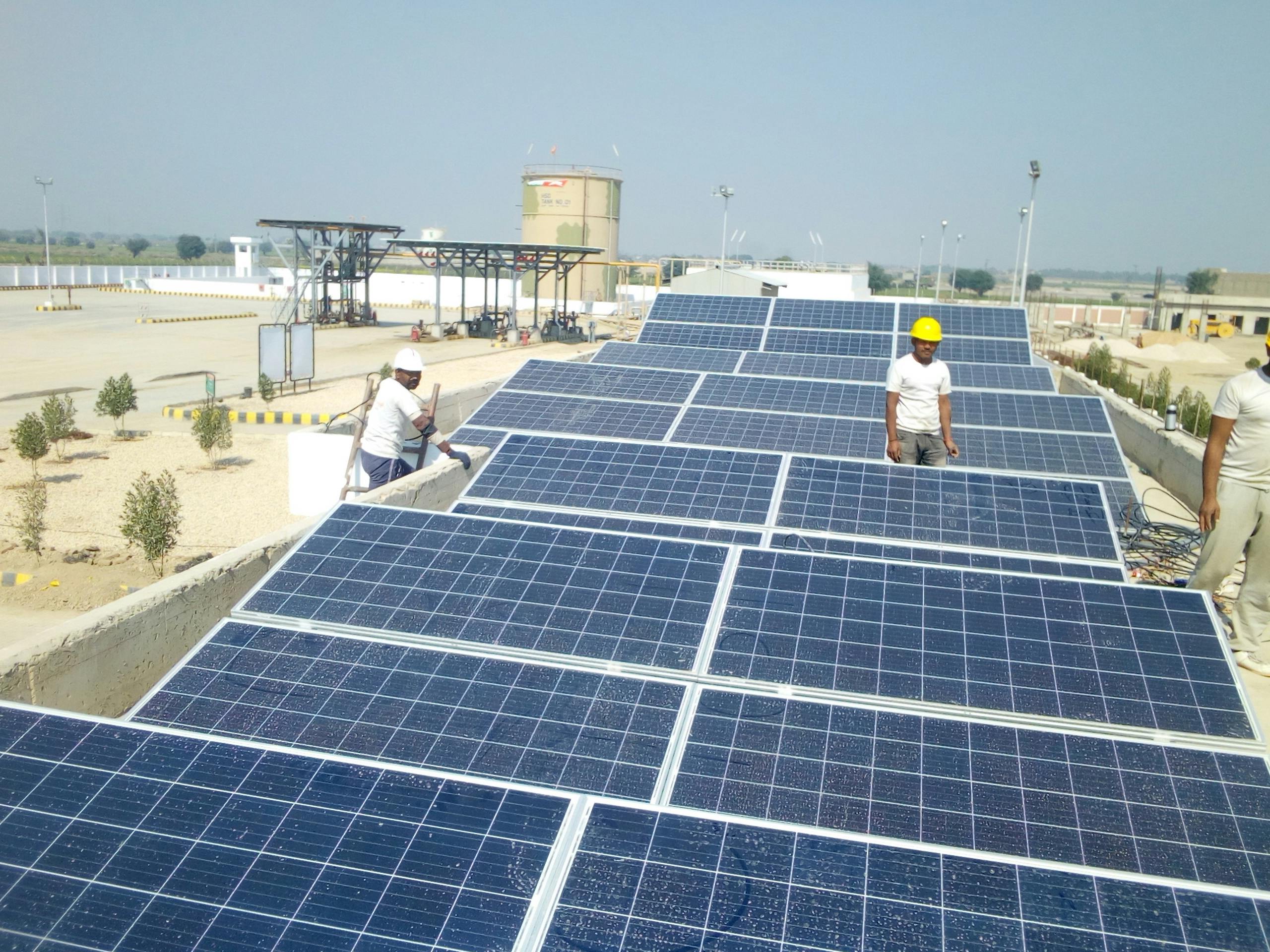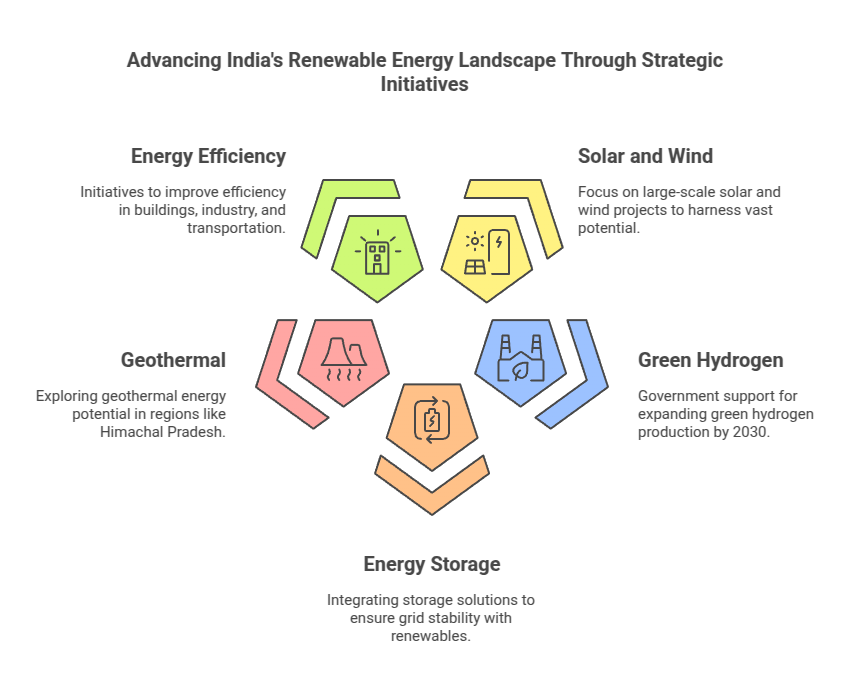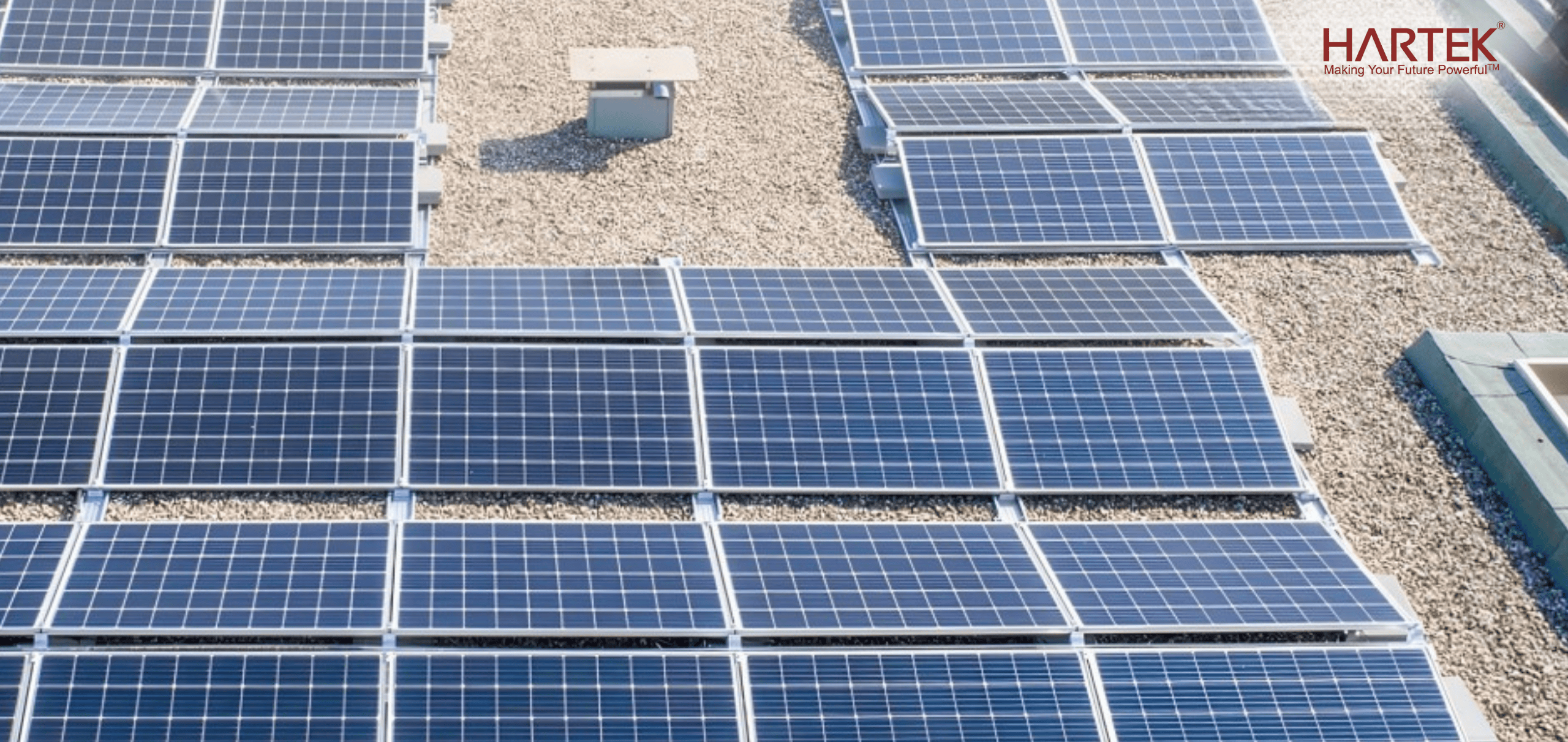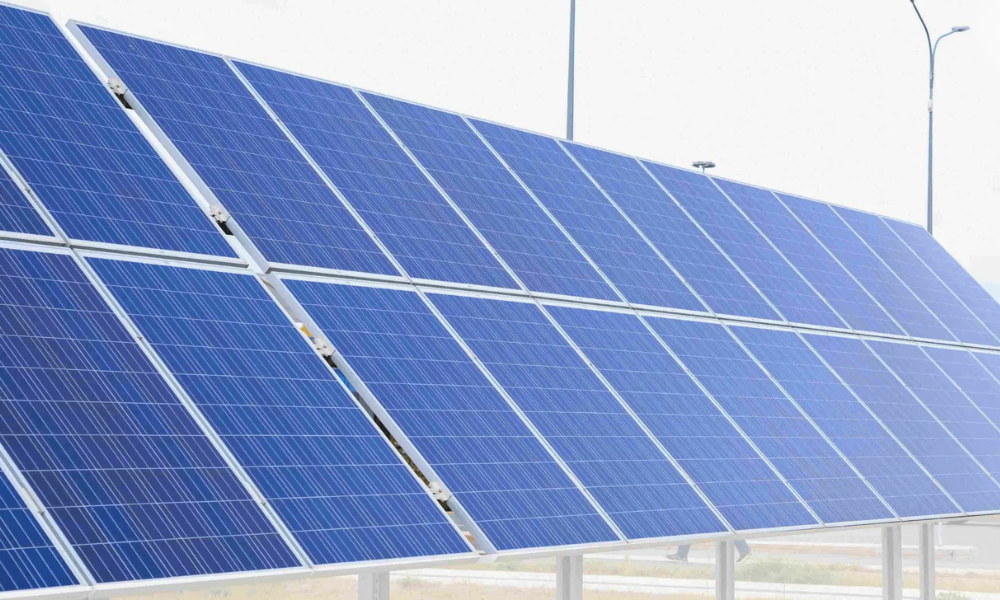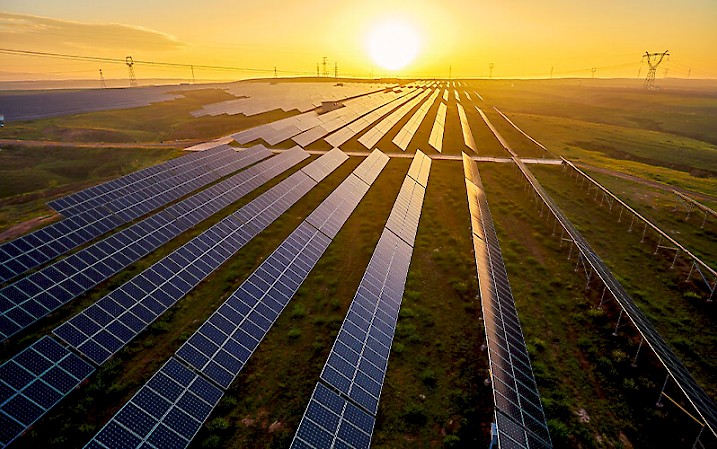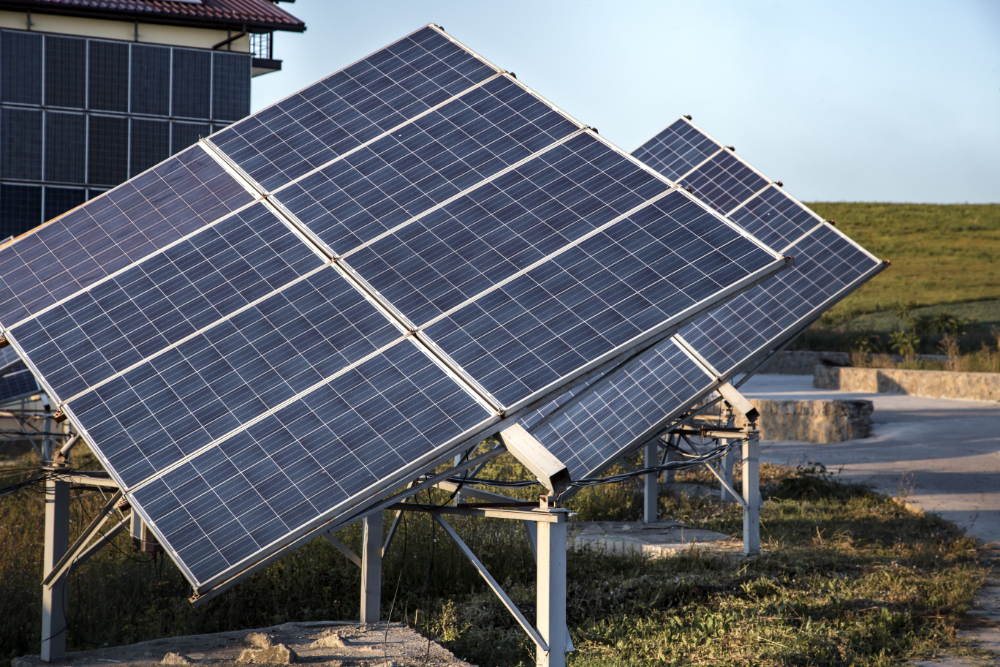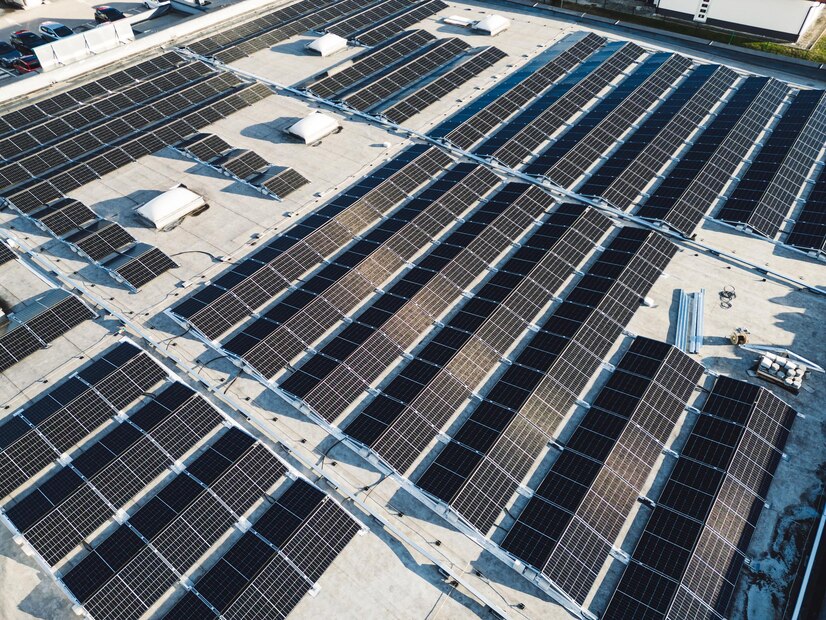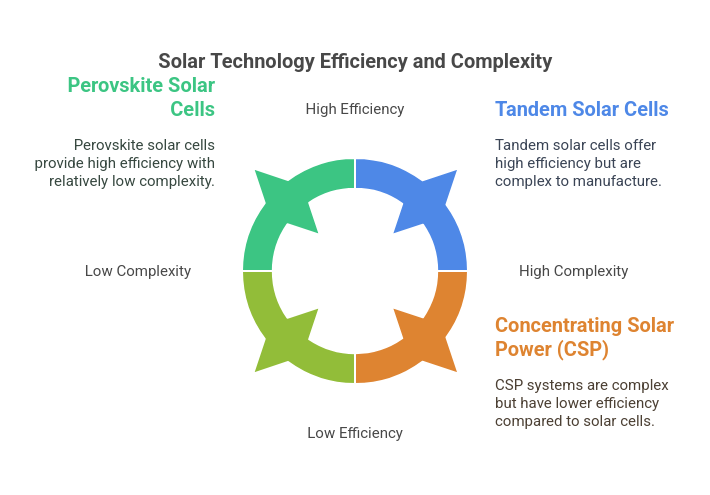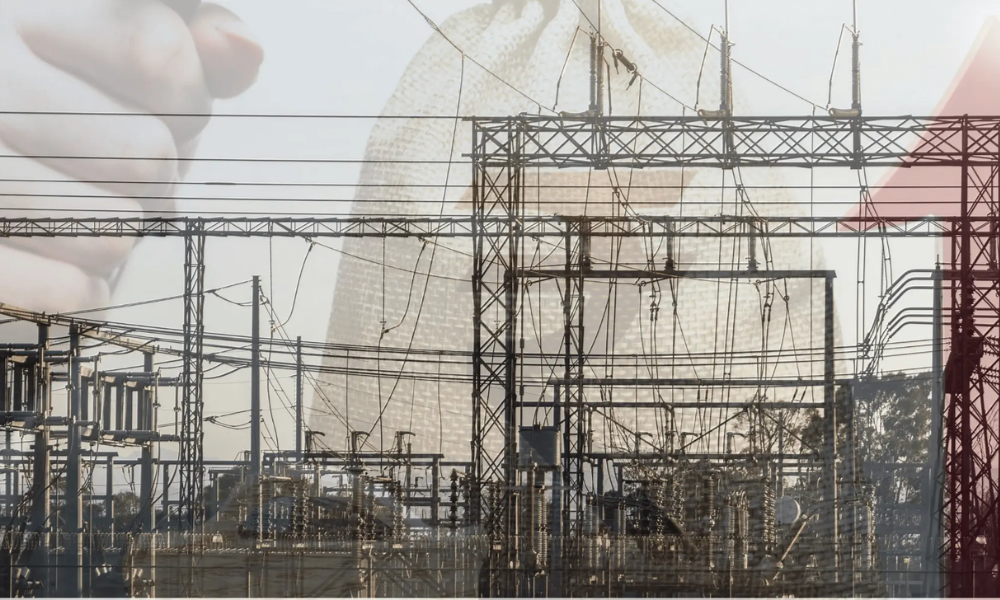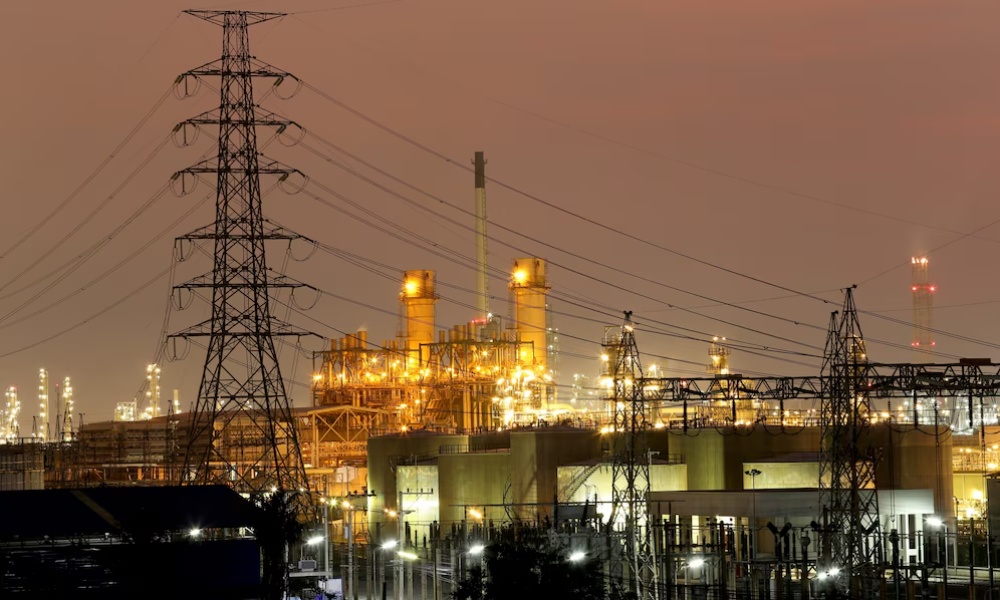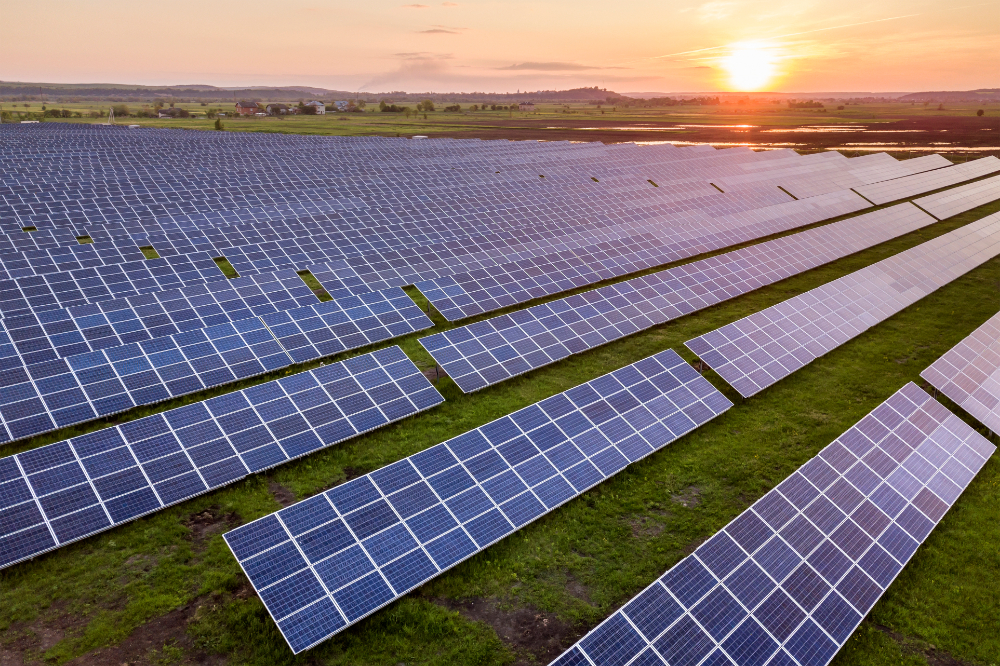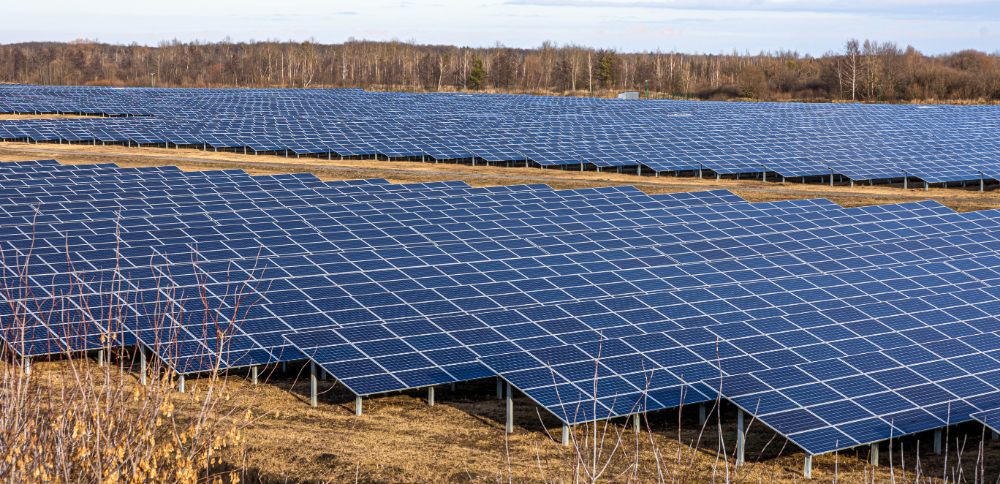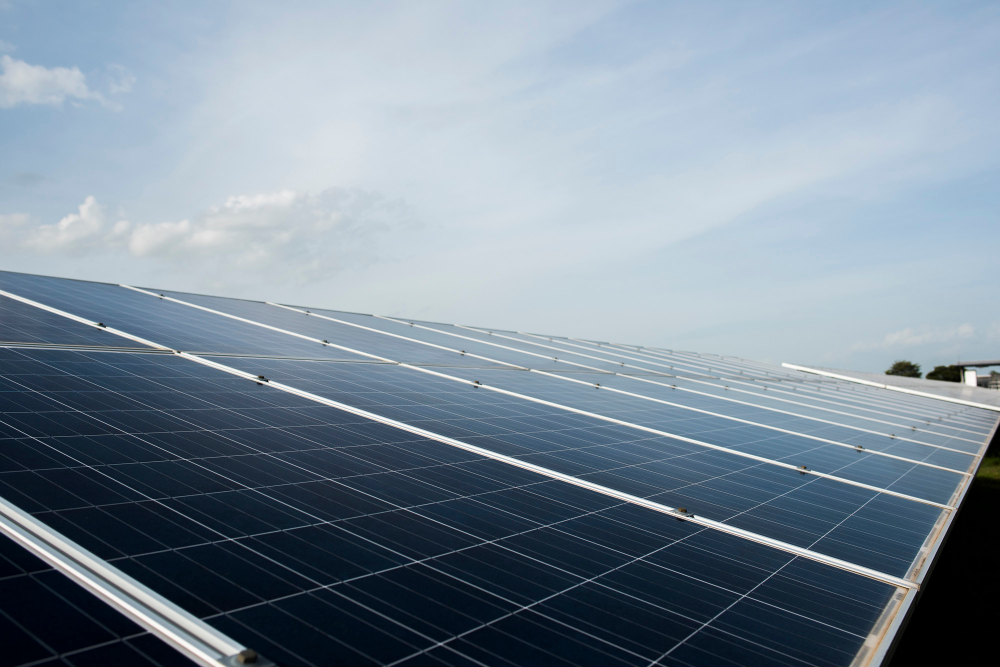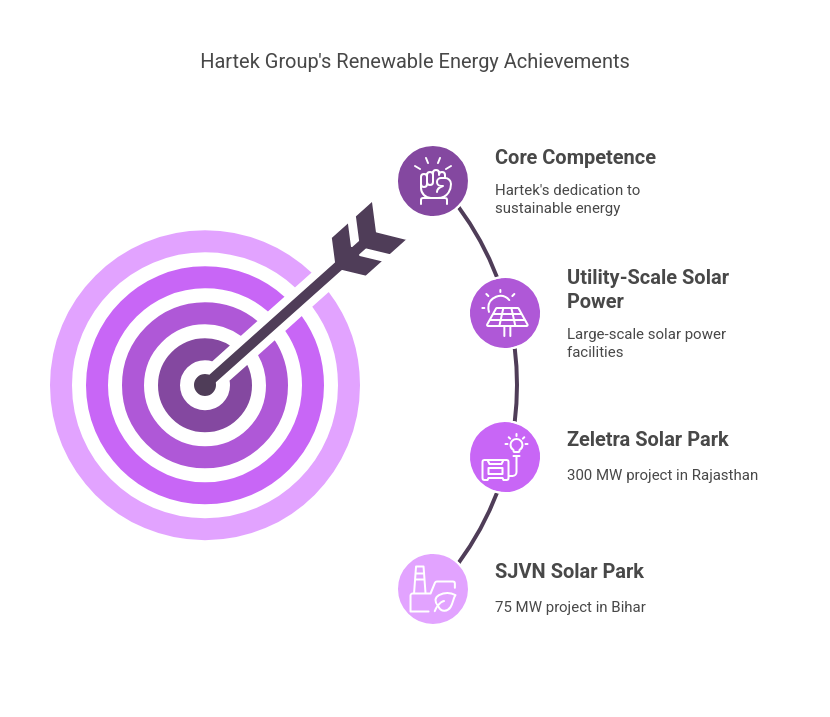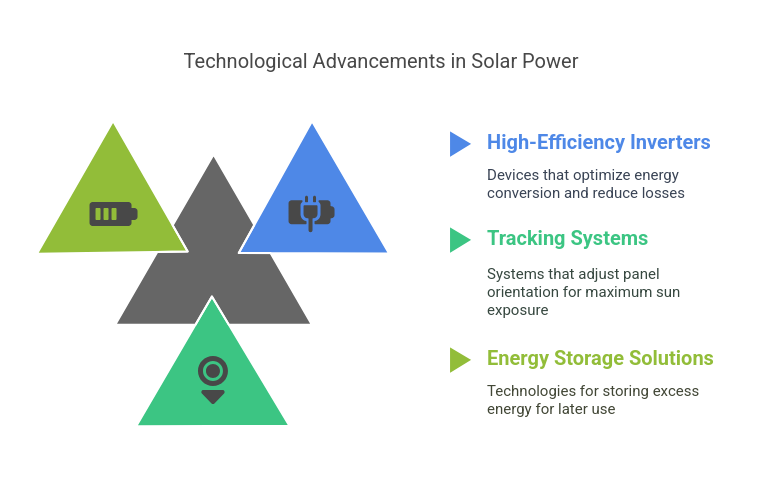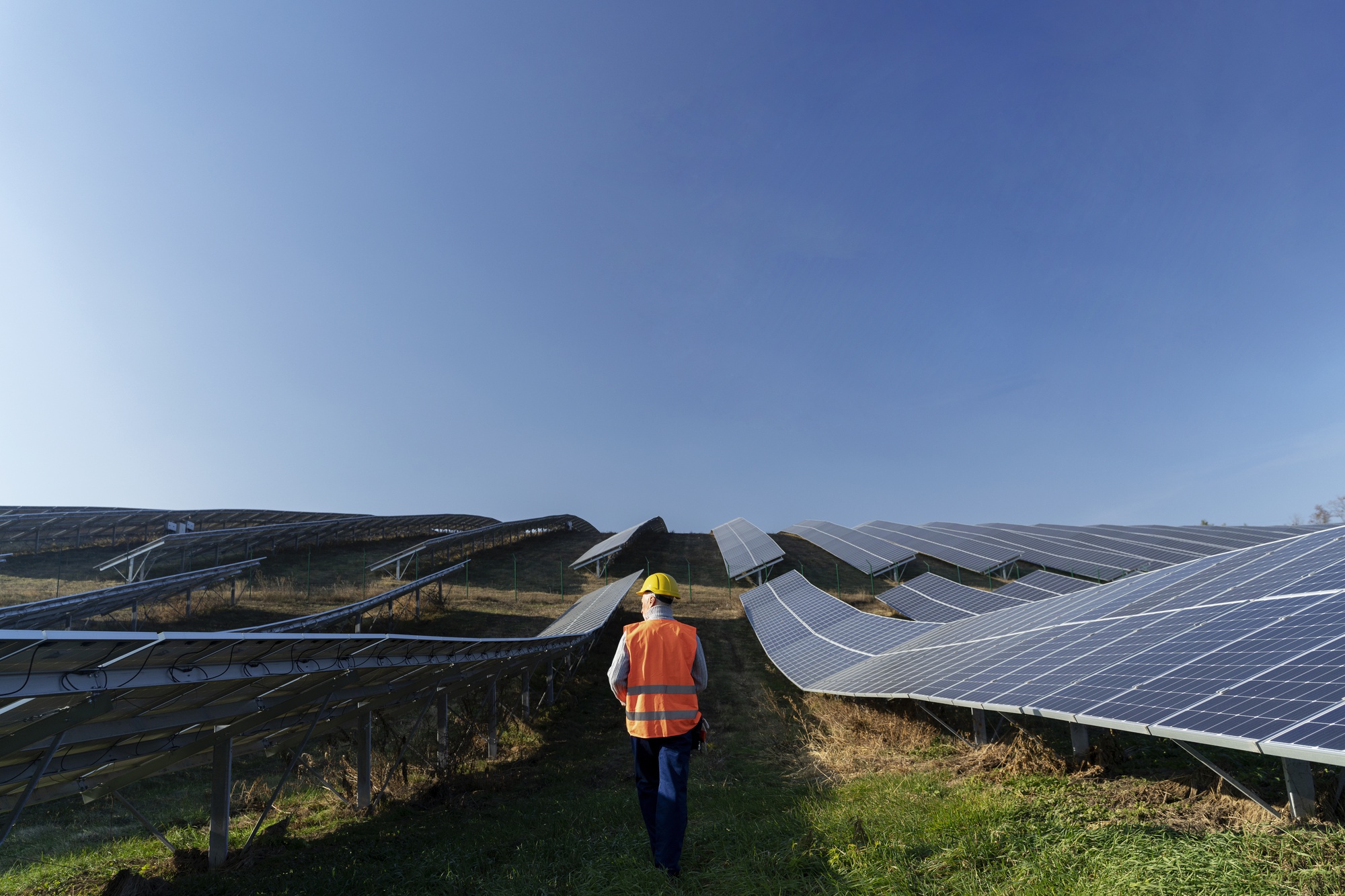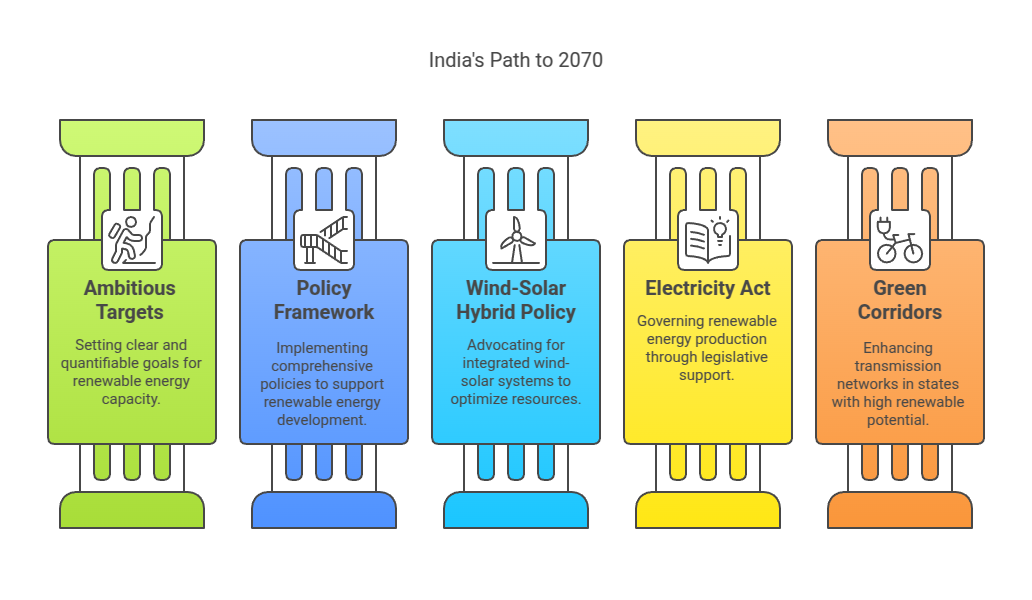Do you know?
Our market for renewable energy growth is the second largest in Asia. An additional 25 GW of renewable capacity is anticipated in 2024.
India looks to be well-positioned to meet its 2030 goal of 50% installed capacity from clean energy sources and to reach its Renewable Energy Capacity objective of 500 GW installed capacity.
As the world moves more and more towards more sustainable power generation techniques, the world of energy is changing dramatically. Distribution power generation (DPG) systems are supplanting, and in certain circumstances replacing, centralised power plants, which have long dominated the energy market. Increased energy security, environmental concerns, and technology breakthroughs are all contributing factors to this change.
Let’s discuss the emergence of distributed power generation, its advantages, difficulties, and potential contributions to the energy landscape.
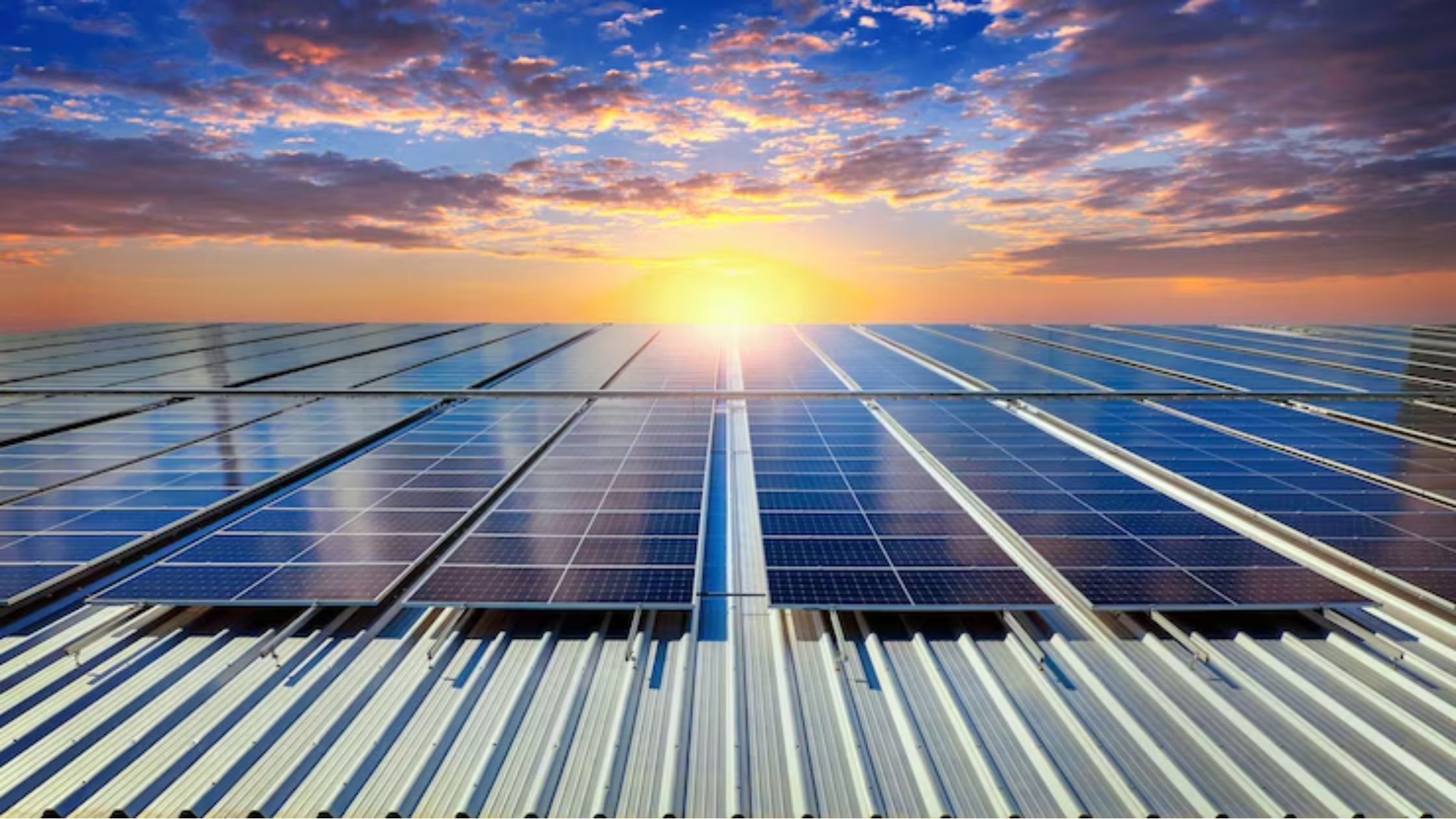
What is Distributed Power Generation?
Instead of originating from a centralised power plant, distributed power generation is the process of producing energy from a number of small-scale sources that are usually situated near the point of consumption. Micro Hydro systems, biomass generators, wind turbines, and solar panels are a few examples of these sources. DPG systems offer flexibility and improve grid resilience by working either alone or in tandem with the main power grid.
You can reach out to Hartek Group for such solutions, as it is one of the fastest-growing solar EPC companies in India, which offers services in the fields of engineering, manufacturing, technology, renewable energy, construction, and fuel.
Drivers of Distributed Power Generation
Technological Advancements: Advances in renewable energy technologies, such as solar photovoltaics (PV) and wind turbines, have significantly reduced costs and increased efficiency. Battery storage systems have also improved, making it feasible to store and manage energy generated from distributed sources.
Environmental Concerns: Climate change and environmental degradation have spurred the adoption of cleaner energy sources. Distributed power generation, particularly from renewables, produces little to no greenhouse gas emissions, helping to mitigate climate change.
Energy Security and Resilience: DPG enhances energy security by reducing dependence on centralised power plants, which are vulnerable to large-scale outages. Distributed systems can continue to operate independently, ensuring a continuous power supply during emergencies.
Economic Benefits: Distributed generation can reduce transmission and distribution losses, lower electricity costs, and create local jobs in installation and maintenance.
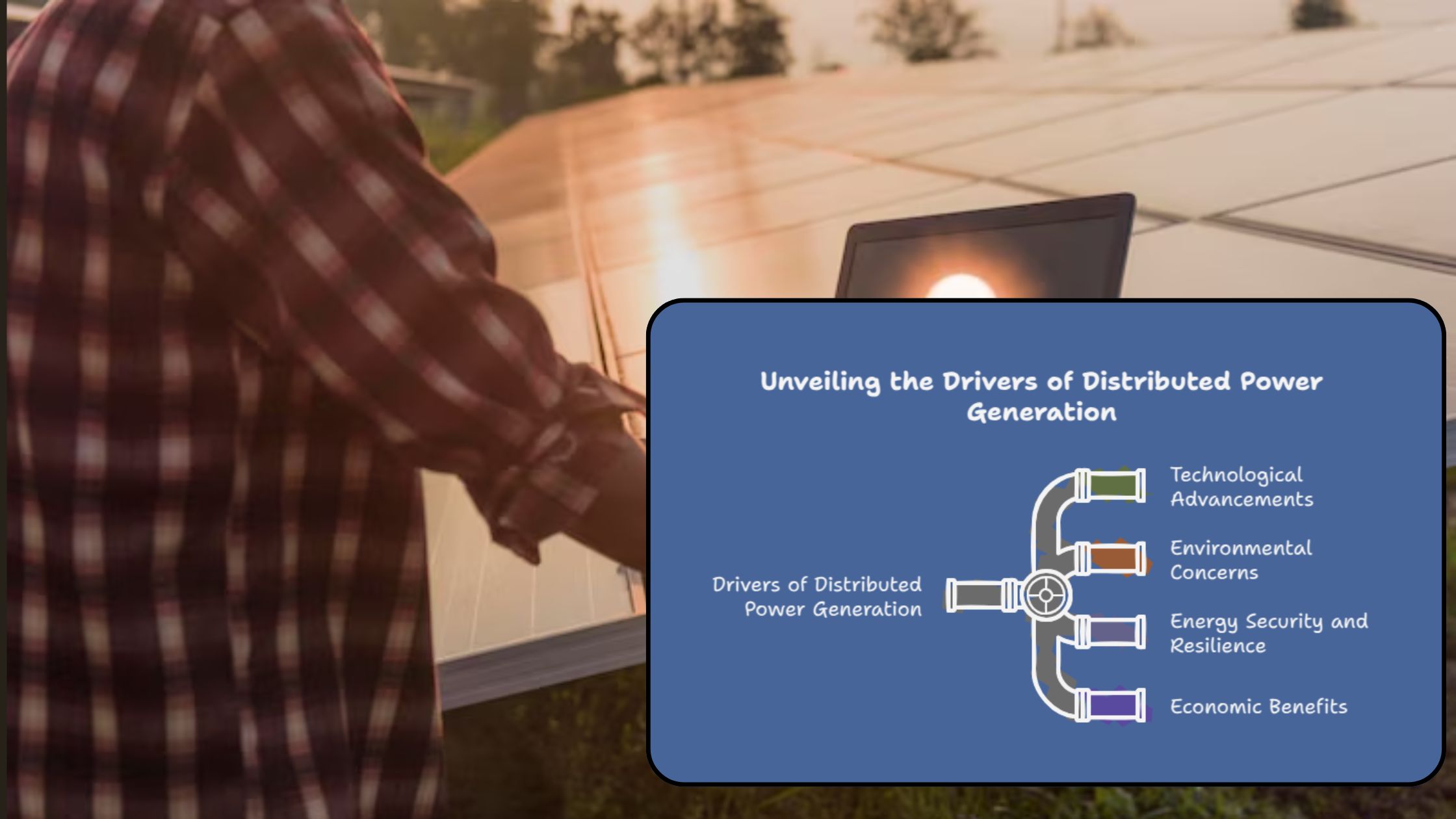
Explore the Benefits of Distributed Power Generation
Environmental Impact: By utilising renewable energy sources, distributed power generation reduces carbon emissions and pollution, contributing to a cleaner environment. Distributed power generation can capture energy that would otherwise go to waste, such as through a combined heat and power system.
Grid Reliability: DPG systems offer backup power during outages, significantly boosting the reliability and resilience of the power grid. By automatically activating when primary sources fail, these systems ensure a continuous power supply. This capability minimises disruptions, protects critical infrastructure, and enhances the overall stability of the electrical network, making it more robust against unforeseen events and failures.
Cost Savings: Reduced transmission losses and local energy production lower electricity costs for consumers. Additionally, incentives and subsidies for renewable energy installations further enhance these savings. By generating power closer to where it’s used and taking advantage of financial support for green energy, consumers benefit from decreased expenses and a more sustainable energy system.
Energy Independence: Distributed systems empower communities and businesses to generate their own power, reducing dependence on external sources and increasing energy autonomy. By utilising local resources such as solar panels or wind turbines, these systems enhance self-sufficiency, mitigate the risks associated with centralised grid failures, and allow for more control over energy production and consumption, leading to greater resilience and sustainability.
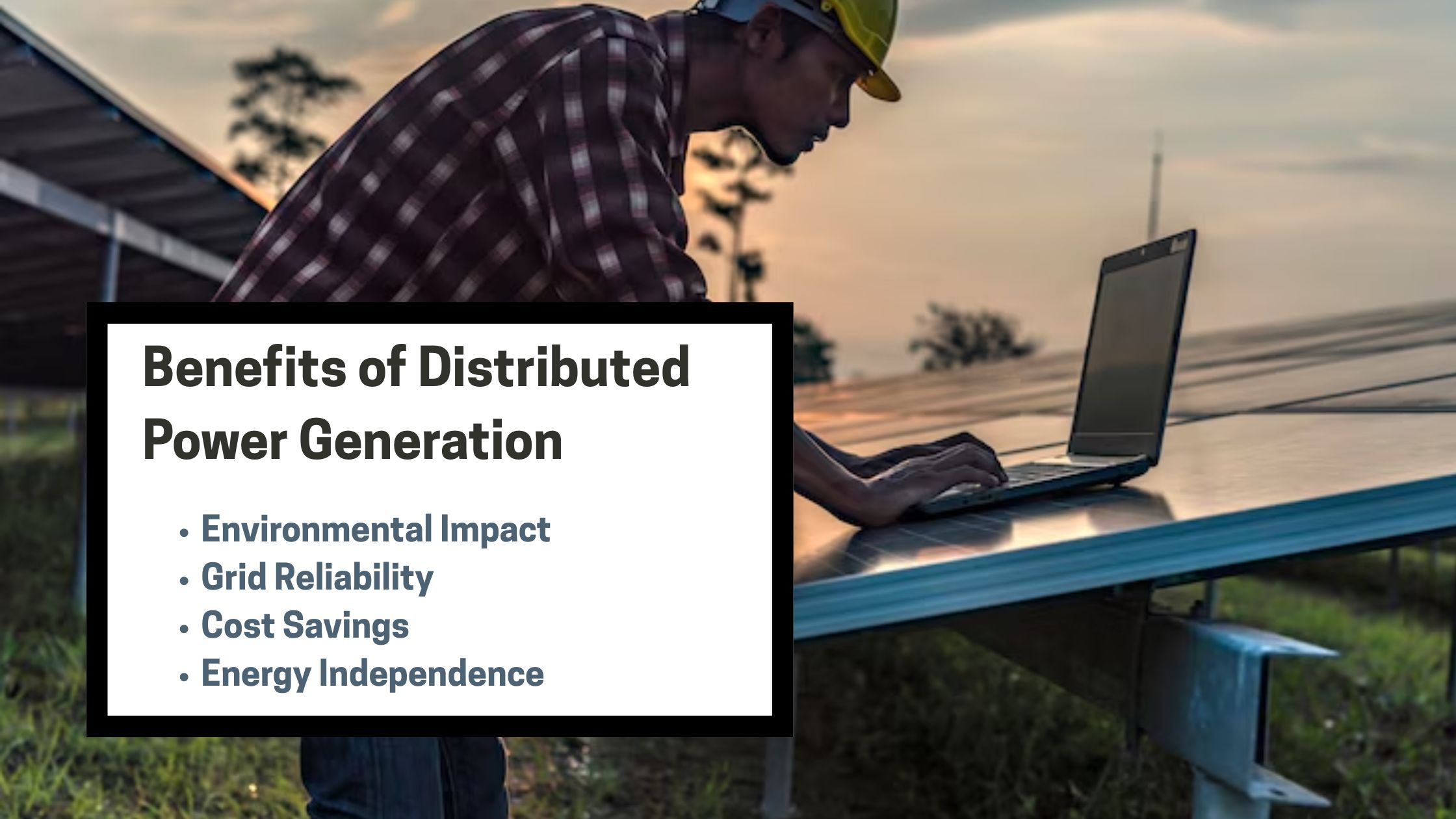
Challenges of Distributed Power Generation
Intermittency of Renewables: Solar and wind power are intermittent sources of energy, which can lead to variability in power supply. Energy storage solutions and smart grid technologies are crucial to managing this intermittency.
Integration with the Grid: Integrating distributed generation into the existing power grid can be complex. It requires advanced grid management systems and regulatory frameworks to ensure stability and reliability.
Initial Investment: Installing distributed power systems involves significant initial expenses due to equipment, labor, and setup. However, these high upfront costs are typically balanced by long-term savings on energy bills and maintenance. Also, financial incentives like tax credits, rebates, and grants can further offset the initial investment.
Regulatory and Policy Hurdles: Varying regulations and policies across regions can pose challenges to the widespread adoption of distributed power generation. Clear and supportive policies are needed to encourage investment and development.
The Future of Distributed Power Generation: The future of power generation looks promising as technological advancements and environmental imperatives drive its adoption. Several power generation trends are shaping the future of DPG.
Smart Grids: The integration of smart grid technologies will enhance the efficiency and reliability of power distribution. Smart grids can manage the flow of electricity from distributed sources, optimise energy use, and provide real-time data to consumers and utilities.
Energy Storage: Advancements in battery storage technologies are crucial for the growth of distributed power generation. Efficient storage systems will allow excess energy to be stored and used when needed, mitigating the intermittency of renewable sources.
Microgrids: Microgrids, which are small-scale power grids that can operate independently or in conjunction with the main grid, are becoming more popular. They enhance energy security, particularly in remote or disaster-prone areas.
Policy Support: Governments and regulatory bodies are increasingly recognizing the benefits of distributed power generation. Supportive policies, incentives, and subsidies are essential to foster the growth of DPG systems.
Technological Integration: The integration of various technologies, such as Internet of Things (IoT), artificial intelligence (AI), and blockchain, can enhance the efficiency and transparency of distributed power systems. These technologies can optimise energy production, distribution, and consumption.
Conclusion
Distributed power generation represents a transformative shift in how we produce and consume electricity. It offers numerous benefits, including enhanced grid reliability, environmental sustainability, and economic savings. While there are challenges to overcome, such as intermittency and integration with the grid, ongoing technological advancements and supportive policies are paving the way for a more resilient and sustainable energy future.
Companies like Hartek Group are at the forefront of this transition, demonstrating the potential of distributed power generation to illuminate millions of lives and contribute to a greener planet. As we move forward, the continued growth and development of DPG systems will be crucial in achieving global energy goals and addressing the pressing challenges of climate change and energy security.
FAQs
1. What is Distributed Power Generation?
Distributed Power Generation refers to producing electricity from small, localized energy sources like solar panels, wind turbines, or biomass near the point of use.
2. What are the main benefits of Distributed Power Generation?
It enhances grid reliability, reduces carbon emissions, lowers energy costs, and empowers communities with greater energy independence.
3. What challenges does Distributed Power Generation face?
Key challenges include the intermittency of renewable sources, grid integration complexity, high initial investment, and regulatory hurdles.
4. How does Distributed Power Generation support energy security?
By decentralizing power production, DPG reduces reliance on large power plants and ensures backup supply during outages, improving overall resilience.
5. What is the future of Distributed Power Generation?
The future looks bright with advancements in smart grids, battery storage, and supportive policies accelerating adoption across India and the globe.

